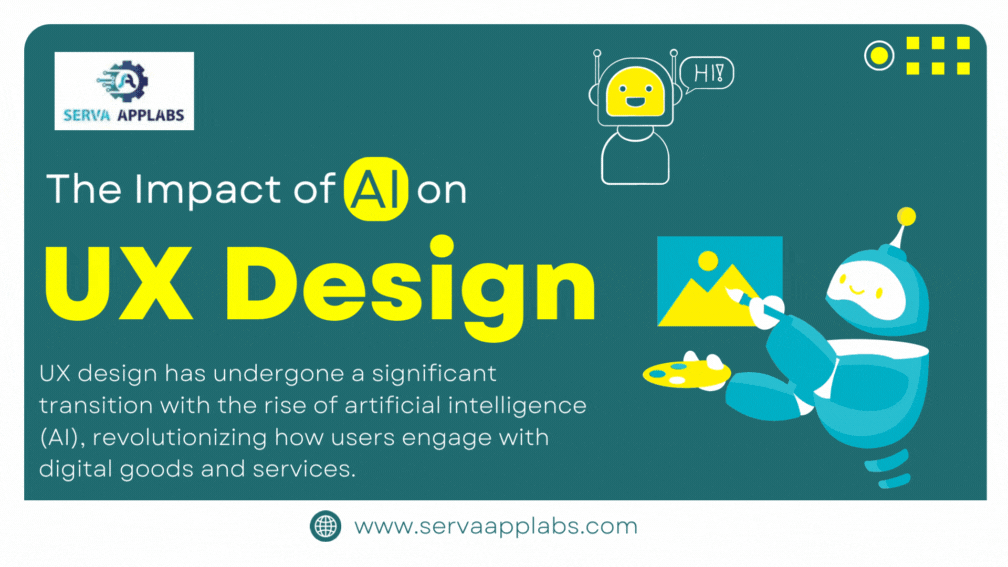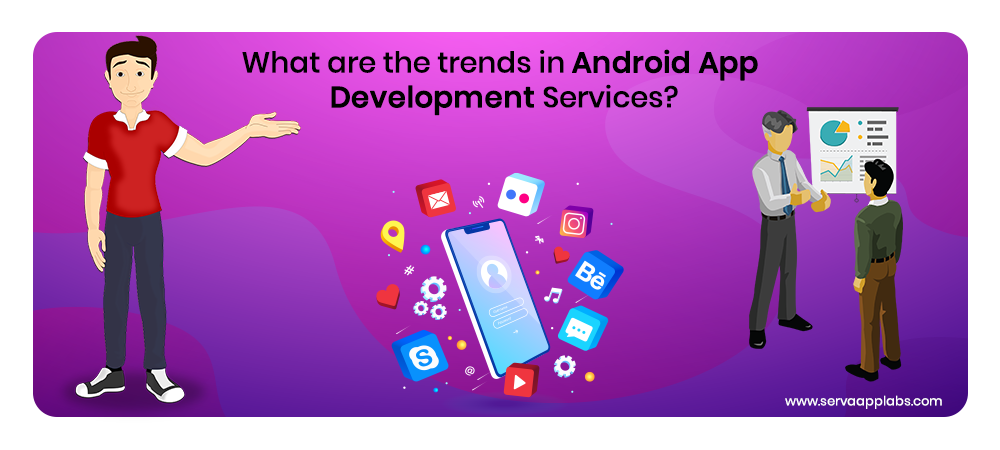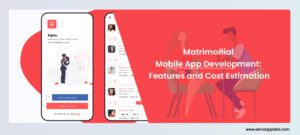The rapid development of technology in the current digital era has given rise to creative solutions that have revolutionized numerous sectors. User experience (UX) design is one such sector that has seen a big change. UX design has undergone a significant transition with the rise of artificial intelligence (AI), revolutionizing how users engage with digital goods and services; let’s Explore the Impact of AI in UX Design.
The Role of AI in UX Design
Understanding the foundations of these ideas is crucial to comprehending how AI affects UX design. Artificial intelligence (AI) emulates human intellect in machines, allowing them to carry out operations that ordinarily demand human intelligence. UX design, on the other hand, is concerned with giving people engaging and meaningful interactions with a product or service.
For designers and developers, using AI in UX design has created new opportunities for producing seamless experiences. By automating the process of acquiring and analyzing user feedback, behavioural patterns, and preferences, AI helps to improve user research and data analysis. As a result, designers can make data-driven decisions and produce more individualized experiences.
AI also allows personalisation and customisation by utilizing user data to give personalized information, recommendations, and interfaces. By considering each user’s unique tastes and needs, this level of personalization increases user engagement and happiness.
Enhancing Experiences: The Power of AI in UX Design
Another area where AI has made a significant impact is streamlining user interactions. Through natural language processing and machine learning, AI-powered chatbots and virtual assistants can understand and respond to user queries and requests, providing efficient and real-time support. This improves user satisfaction and reduces the burden on human support teams.
Furthermore, AI has contributed to improving accessibility and inclusivity in UX design. By leveraging computer vision technology, AI can enable image recognition, allowing visually impaired users to interact with digital interfaces effectively. AI-powered voice assistants also play a crucial role in allowing hands-free interactions, benefiting users with mobility impairments.
AI-Powered UX Design Techniques
Several AI-powered techniques are used in UX design to create more engaging and user-centric experiences. Chatbots and virtual assistants have become common in various digital products and services. These AI-driven conversational interfaces provide users with instant and personalized support, answering their queries, guiding them through processes, and offering recommendations. This level of assistance enhances user satisfaction and enables a more interactive experience.
Machine learning algorithms are employed for predictive analysis in UX design. Machine learning models can anticipate user behaviour and preferences by analysing user data, enabling designers to deliver relevant content and recommendations proactively. This helps in creating a personalized experience and increasing user engagement.
Natural language processing (NLP) techniques improve user communication and digital interfaces. NLP enables machines to understand and interpret human language, allowing for more intuitive and conversational interactions. Voice commands, chat interfaces, and voice assistants are examples of NLP applications that enhance the user experience.
Computer vision is another AI-powered technique that significantly impacts UX design. It enables machines to interpret and analyze visual data, such as images and videos. This technology is used for image recognition, object detection, and augmented reality applications, enriching the user experience by providing visual content and interactive elements.
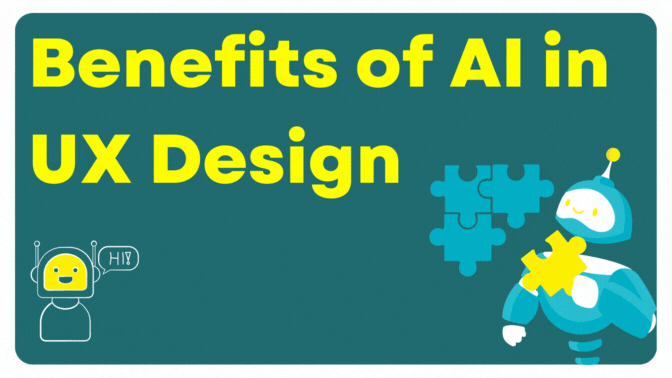
Benefits of AI in UX Design
Integrating AI in UX design brings several benefits to both users and businesses.
Firstly, AI helps in improving the overall user experience and satisfaction. AI enhances the usability and relevance of digital products and services by personalizing the experience, predicting user needs, and providing real-time assistance. This leads to higher user engagement and satisfaction, increasing user retention.
Secondly, AI brings time and cost efficiency to UX design. Automating repetitive tasks, such as data analysis and user feedback processing, reduces the time and effort required from designers. This allows them to focus on more strategic and creative aspects of designing. Moreover, AI-powered chatbots and virtual assistants reduce the need for human support teams, resulting in cost savings.
Integrating AI in UX design positively impacts conversion rates and business outcomes. By personalizing the user experience, providing targeted recommendations, and streamlining interactions, AI increases the likelihood of users taking desired actions, such as purchasing or signing up for a service. This leads to improved conversion rates and business growth.
Lastly, AI enables continuous improvement through feedback. By analyzing user data and behaviour patterns, AI systems can provide valuable insights to designers, helping them identify areas for improvement and iterate on the design. This iterative approach leads to ongoing enhancements and ensures the user experience remains relevant and up-to-date.
Challenges and Considerations
As we are one of the Best UX design Agency we can tell you that even AI offers numerous benefits to UX design, some challenges and considerations must be addressed.
One of the primary concerns is the ethical implications of AI in UX design. AI-powered systems raise questions about data privacy, security, and the potential misuse of personal information. Designers must ensure appropriate measures are in place to protect user data and respect privacy.
Balancing automation with the human touch is another consideration. While AI can automate many aspects of UX design, it’s essential to maintain a human-centric approach. Human involvement and creativity are crucial in understanding user emotions, cultural nuances, and complex decision-making processes. Striking the right balance between automation and human interaction is essential for creating meaningful and empathetic experiences.
Another challenge is the potential bias and discrimination embedded in AI algorithms. AI systems learn from historical data, which can contain societal tendencies. This can lead to unfair or discriminatory outcomes in UX design. Designers must actively address and mitigate biases by ensuring diverse and representative training data and implementing fairness and transparency measures.
User trust is paramount in UX design. With AI-powered systems, it’s crucial to establish transparency and provide clear explanations of how AI is used and the decisions it makes. This helps build trust and confidence in users, leading to better adoption and acceptance of AI-driven experiences.
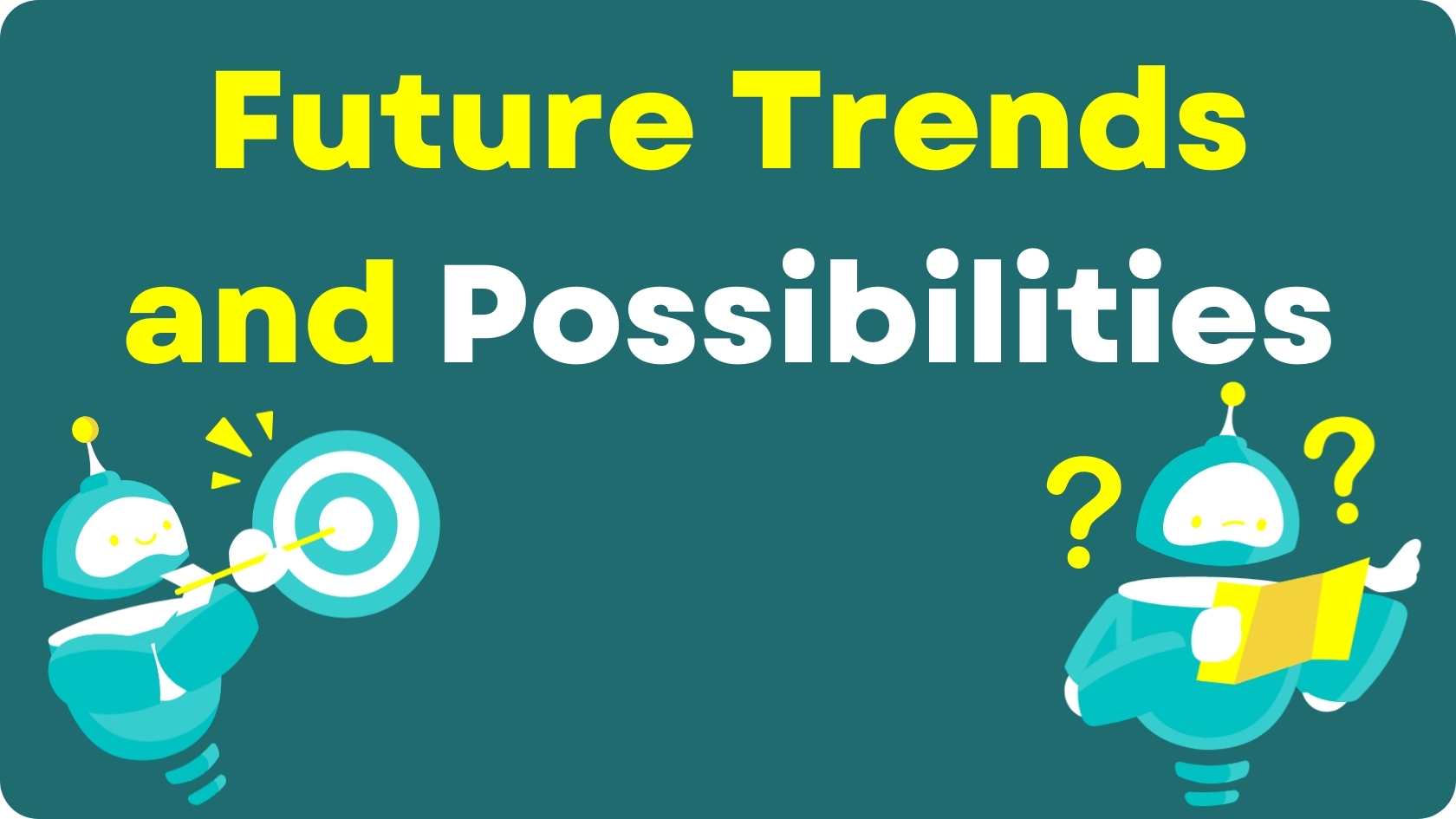
Future Trends and Possibilities
The integration of AI in UX design holds exciting possibilities and trends.
AI-driven user interfaces are expected to become more prevalent, enabling natural and intuitive interactions. Voice and gesture-based interactions will likely become standard features, allowing users to interact with digital interfaces using voice commands or hand gestures.
Augmented and virtual reality integration is another future trend. AI-powered systems combined with AR and VR technologies can create immersive and interactive experiences, enabling users to engage with digital content in new and exciting ways.
Hyper-personalization and anticipatory design are also areas where AI will play a significant role. By leveraging user data and predictive analysis, AI systems can proactively anticipate user needs and preferences, providing tailored content and recommendations in real-time. This level of personalization enhances the user experience and creates a sense of anticipation and delight.
Conclusion
Integrating AI in UX design has revolutionized how users interact with digital products and services. AI-powered techniques enhance user research and personalization and streamline interactions, resulting in improved user experiences, higher satisfaction, and increased business outcomes. However, ethical considerations, balancing automation with a human touch, addressing biases, and establishing user trust are essential for responsible and effective AI integration.
As technology advances, the future holds even more exciting possibilities for AI-driven UX design, enabling more natural, personalized, and immersive user experiences.
You can Explore more about AI on OpenAI and Midjourney

